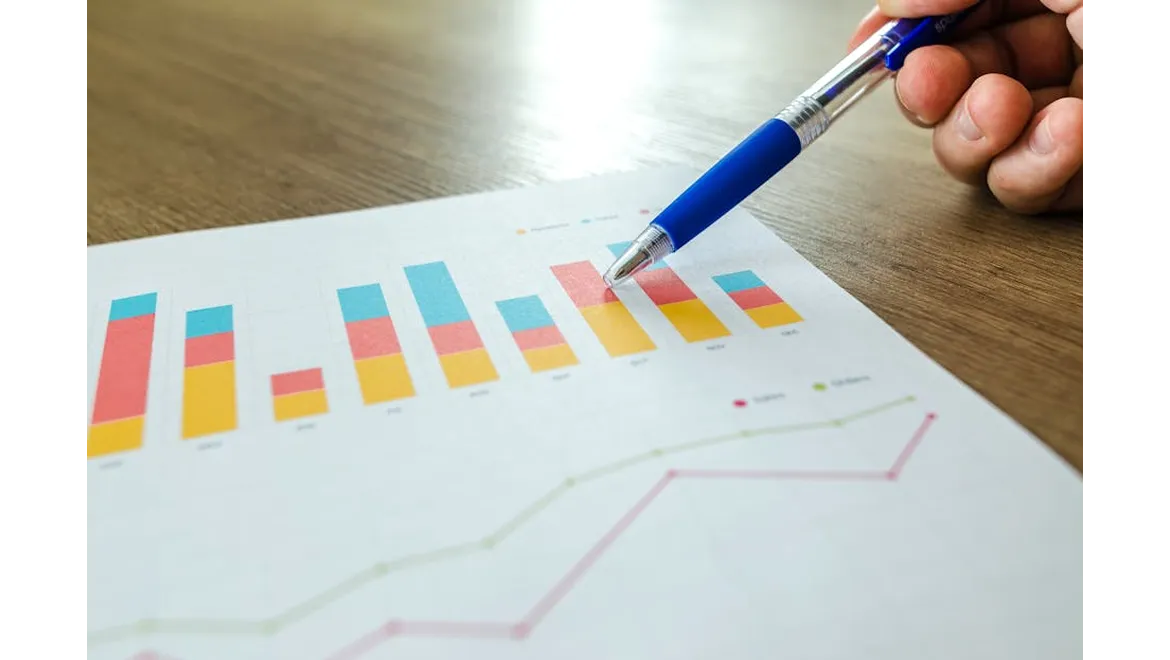In a recent discussion with Michael Carter, a seasoned digital marketing strategist, he shared his insightful experience with Google Search Console (GSC) and its pivotal role in enhancing search engine optimization (SEO) strategies. Our conversation quickly shifted to the often-underestimated features within GSC that have significantly influenced his approach to SEO.
“Google Search Console is one of the most invaluable free tools for search engine optimization,” Michael began. “Most users are familiar with the ‘Performance’ section, which displays a site’s rankings, sources of organic clicks, and essential metrics such as the highest-traffic pages and top-performing search queries. However, there is a wealth of untapped potential beneath the surface.”
Michael’s journey with GSC began with the standard metrics, mirroring the experience of many digital marketers. As he delved deeper, he unearthed three underutilized reports that provided substantial insights, driving more nuanced and effective SEO strategies.
One of the first hidden gems Michael discovered was the ability to compare the performance of desktop versus mobile traffic. “Smartphones are increasingly the primary device for visitors and conversions, but this isn’t universal. Some sites still see more traffic from desktop users,” Michael explained. By navigating to “Performance” > “Search results” and creating a new filter under “Device,” he could compare desktop and mobile traffic. This analysis yielded surprising results. “For one of my clients, we found that the majority of their organic traffic was coming from desktop devices. This insight allowed us to tailor our SEO strategy specifically for desktop users, optimizing the site’s desktop version to enhance user experience and engagement.”
Another revelation came from understanding traffic generated through images. Michael highlighted the often-overlooked potential of Google’s image results and image packs. “Search Console provides insights into how your images are performing,” he noted. By selecting “Search type: Image” within “Performance” > “Search results” and sorting by “Clicks” in the “Queries” column, Michael identified which images were driving the most traffic. “This was a game-changer. It helped us refine our image optimization techniques — including alt text, file type, and size — to boost visibility in Google Images. The goal was not just to increase traffic but to ensure that the traffic was relevant and engaged.”
The final underused report Michael emphasized was the “Visitors’ Countries” feature. “It’s easy to assume that English-language sites primarily attract visitors from the United States, but that’s not always the case,” he explained. By sorting the “Countries” column by “Clicks” within “Performance” > “Search results,” Michael gained a clear understanding of the site’s global audience.
To obtain deeper insights, Michael created a filter to see visitors who translated search results into their native language before accessing the site. This was achieved by selecting ‘Search appearance’ and choosing ‘Translated results.’ “We discovered a significant portion of traffic was coming from Indonesia, with many visitors translating our content before engaging with it. This insight suggested a market better served in their native language. Consequently, we began creating tailored content and even considered localizing parts of the site to cater to this audience.”
As our conversation concluded, Michael underscored the importance of exploring beyond the surface of Google Search Console. “The ‘Performance’ section is incredibly powerful, but it’s just the tip of the iceberg. These underused reports provide deeper insights that can shape effective SEO strategies.”
His experience serves as a crucial reminder for digital marketers: don’t just scratch the surface. Dive deep into the data available in Google Search Console to unlock the full potential of your SEO efforts. The insights you gain could be the key to staying ahead in the competitive landscape of digital marketing.
Sarah Berryman











